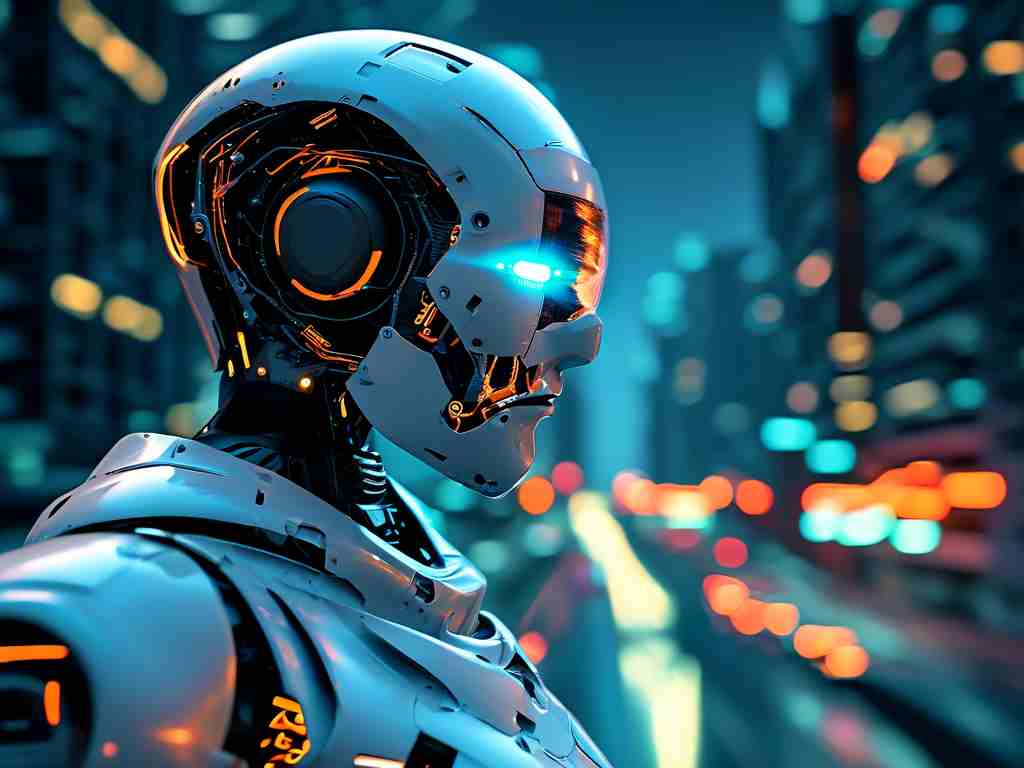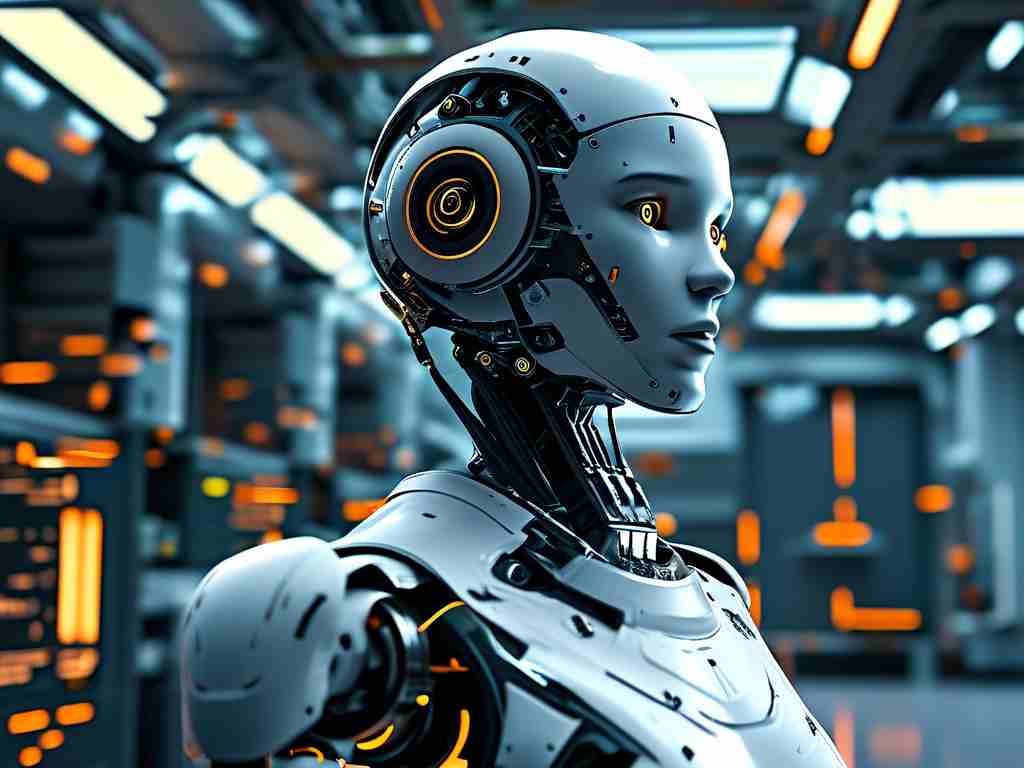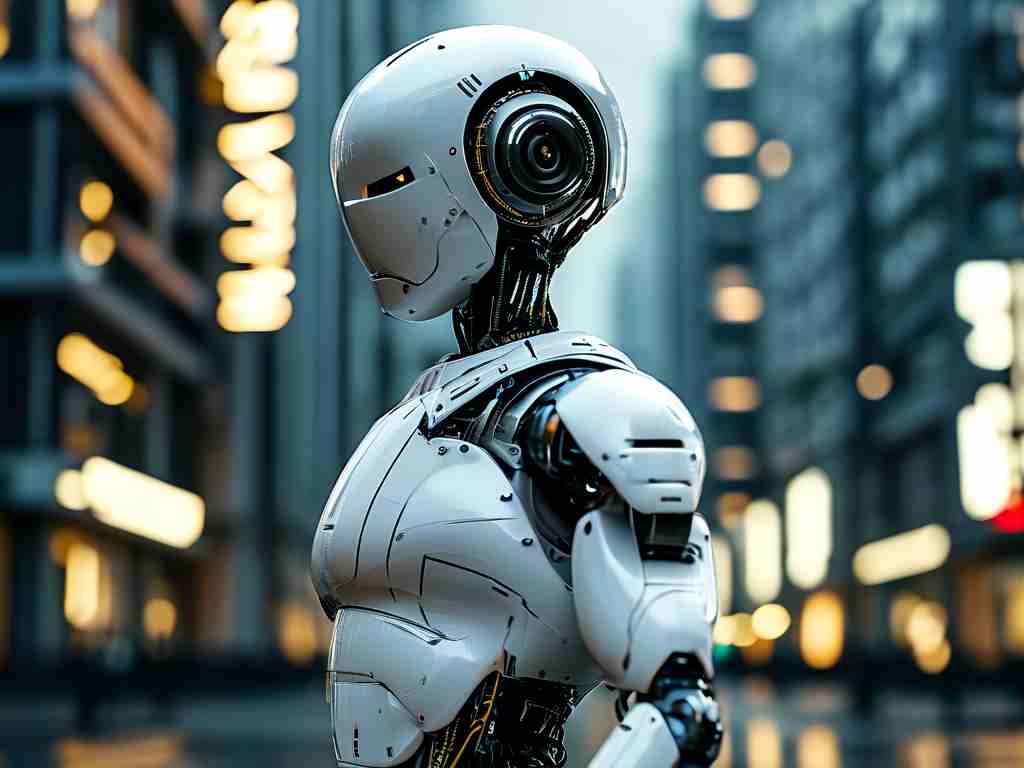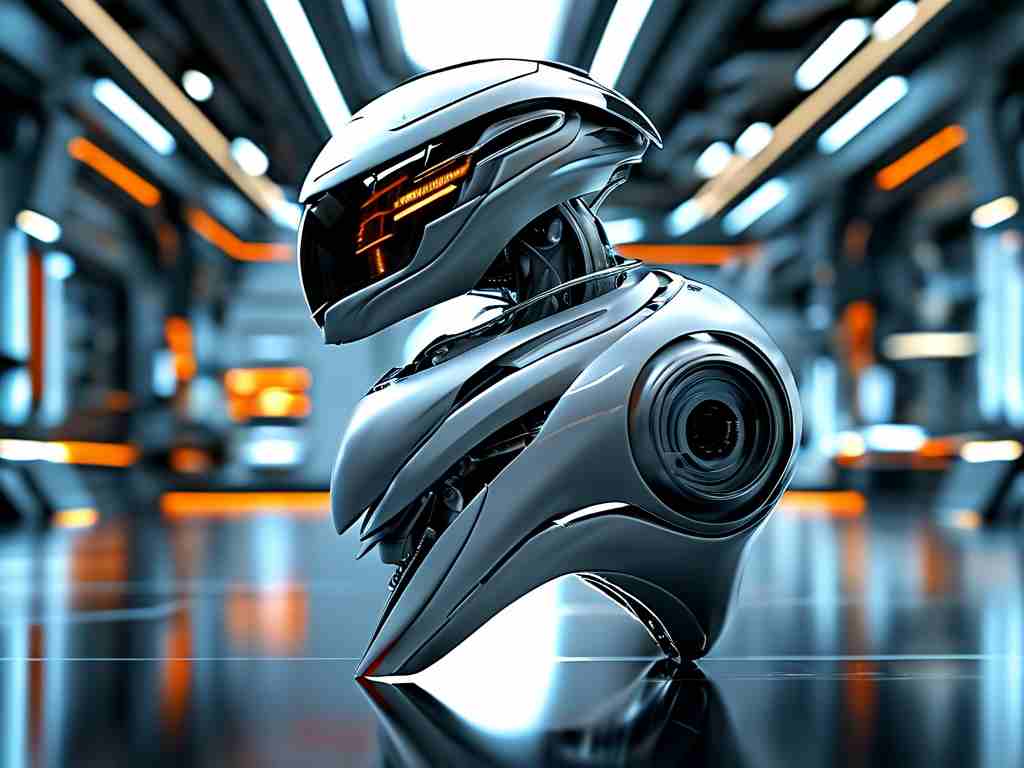As urban landscapes grow increasingly congested, the fusion of artificial intelligence and robotics is reshaping how we perceive transportation. Autonomous vehicles (AVs), powered by cutting-edge "intelligent driving robotics" systems, are no longer confined to science fiction but are accelerating toward mainstream adoption. This article explores the technological leaps, ethical considerations, and societal impacts of this transformative innovation.
The Engine Behind Intelligent Driving Systems
At the core of modern AVs lies a symphony of sensors, machine learning algorithms, and robotic actuators. Lidar arrays create real-time 3D maps with centimeter precision, while neural networks process terabytes of visual data to distinguish pedestrians from lampposts. What sets next-gen systems apart is their ability to learn from edge cases—a delivery robot in Shenzhen recently demonstrated adaptive pathfinding by navigating an unexpected street market using crowd behavior patterns.
Industrial leaders like Tesla and Waymo now deploy "shadow mode" testing, where AI systems silently validate decisions against human drivers across millions of miles. This iterative learning approach has reduced collision rates by 42% in simulated urban environments since 2022, according to MIT's Intelligent Transportation Lab.
Bridging the Trust Gap
Despite technological prowess, public skepticism persists. A 2023 Ipsos survey revealed that 58% of respondents wouldn’t trust a fully autonomous taxi. To address this, companies are implementing explainable AI (XAI) interfaces that verbalize decision-making processes. For instance, Zoox’s prototype communicates turns and obstacle detections through ambient cabin lighting—a subtle yet effective psychological reassurance strategy.
Regulatory frameworks are evolving in tandem. The EU’s recently ratified AV Act mandates ethical override protocols, requiring vehicles to prioritize avoiding harm over strict traffic rule adherence when conflicts arise. Such measures aim to balance innovation with accountability.
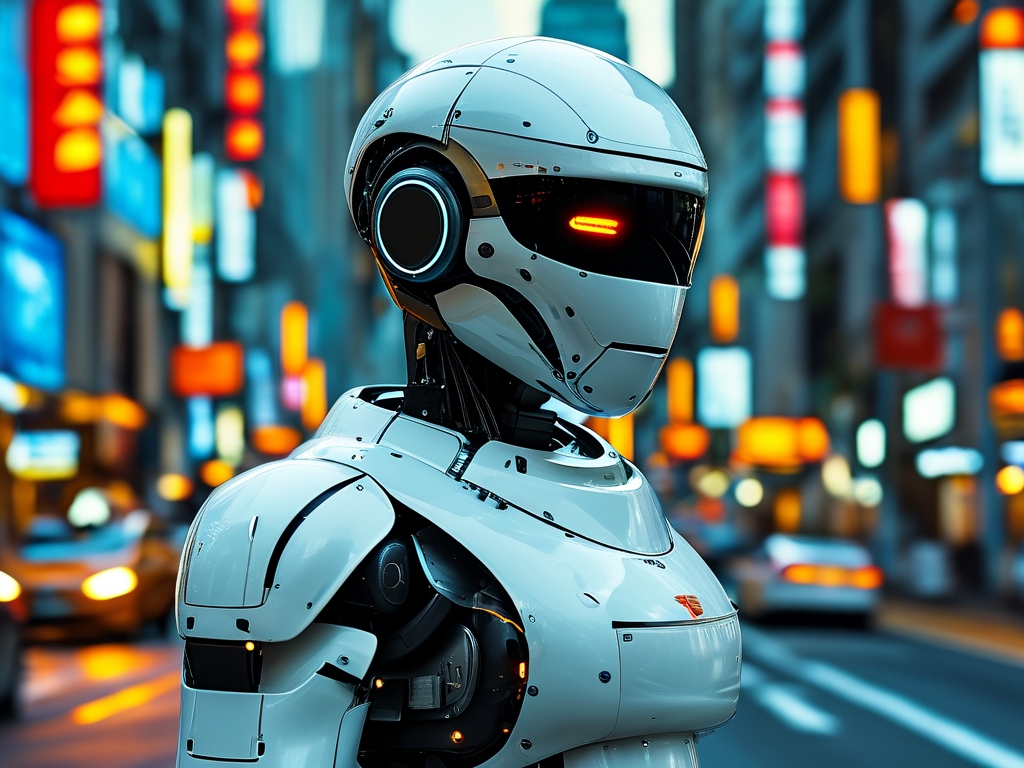
Beyond Passenger Cars: Robotic Mobility Ecosystems
The true revolution extends beyond personal vehicles. In Hamburg’s HafenCity, a fleet of autonomous delivery robots coordinates with traffic lights via 5G-V2X networks, reducing last-mile logistics costs by 37%. Agricultural robotics, too, benefits from AV spinoffs—John Deere’s autonomous tractors use modified lidar systems originally designed for highway navigation.
China’s Baidu Apollo platform exemplifies scalability. Its open-source autonomous driving suite has been adapted for mining trucks in Inner Mongolia and sanitation vehicles in Beijing, demonstrating the versatility of core perception algorithms across industries.
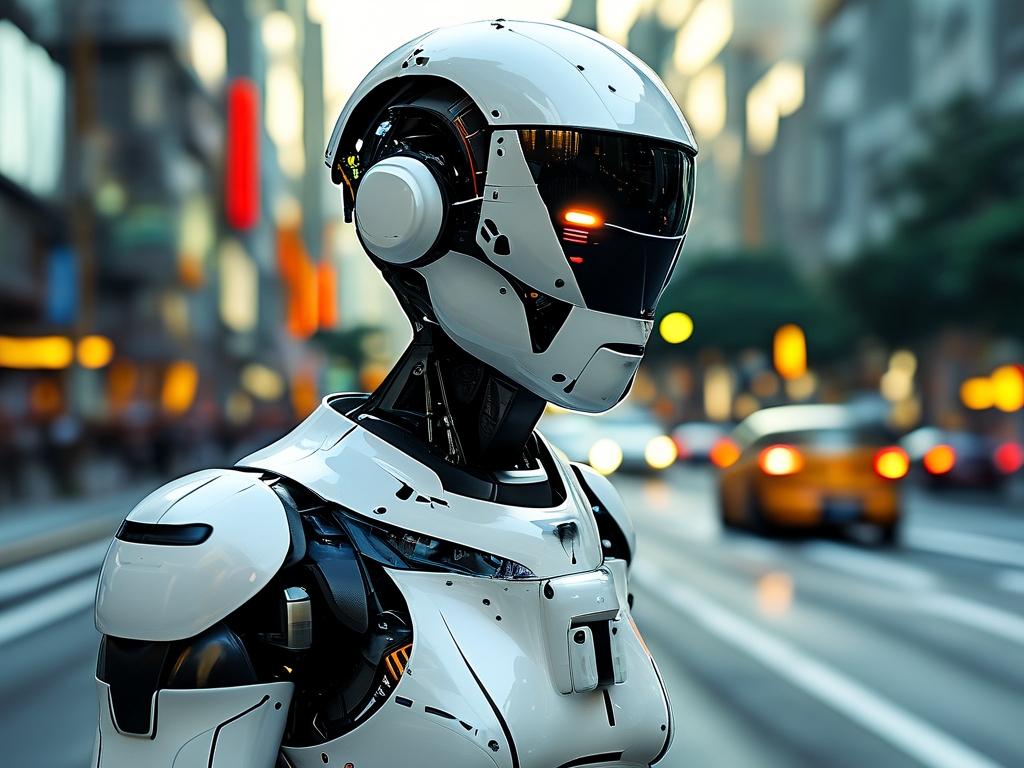
The Road Ahead: Challenges and Opportunities
Key hurdles remain. Cybersecurity vulnerabilities were exposed in a 2024 white-hat hack where researchers spoofed sensor data to misroute a test vehicle. Energy consumption is another concern—NVIDIA’s latest Drive Thor chipset consumes 800 watts, equivalent to 10 laptop computers.
Yet the potential rewards justify the race. Morgan Stanley estimates that widespread AV adoption could inject $7 trillion annually into the global economy by 2040 through productivity gains and accident reduction. As sensor costs plummet (lidar units dropped from $75,000 to $500 since 2018), democratization seems inevitable.
In the words of robotics pioneer Dr. Fei-Fei Li: "We’re not just building smarter cars—we’re architecting cities that think." From dynamic traffic flow optimization to disability-inclusive mobility solutions, intelligent driving robotics promises not merely convenience, but a fundamental reimagining of human spatial relationships.
The journey has just begun.



